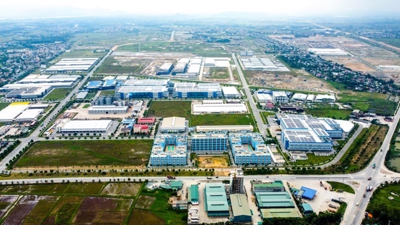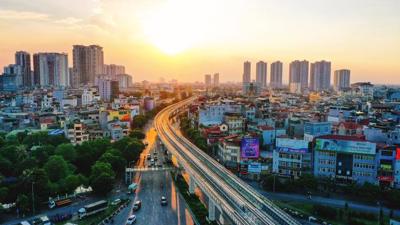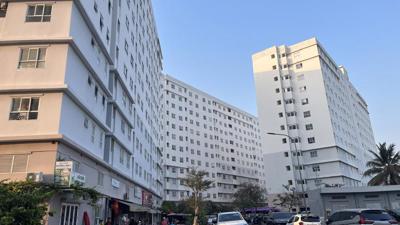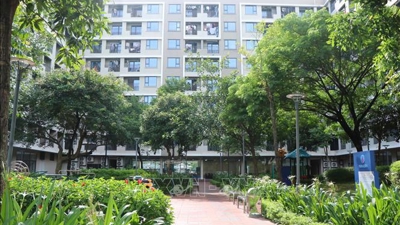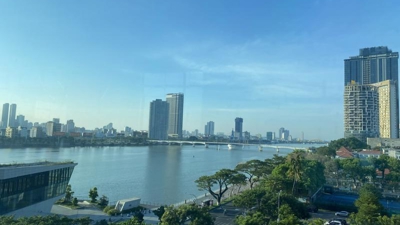Cushman & Wakefield: Vietnam to welcome large volume of new office supply in 2024
Vietnam set to see significant new office supply this year, mostly in Hanoi and HCMC, recent report from real estate consultants notes.
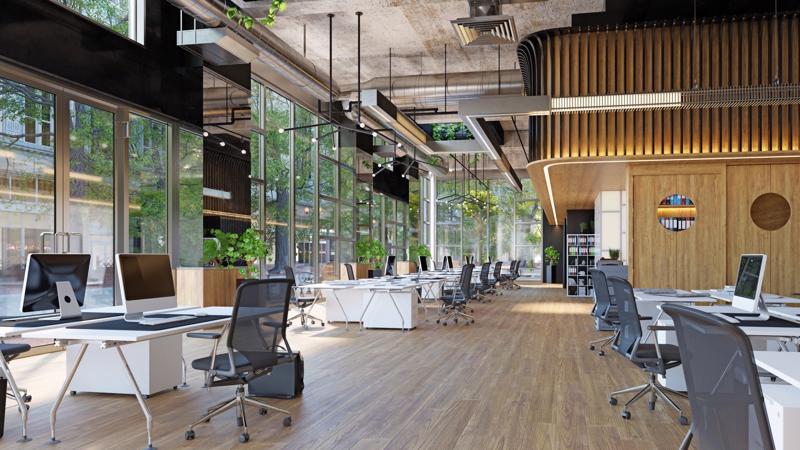
Vietnam is poised to welcome a substantial influx of new office supply in 2024, primarily focused on its two major office markets of Ho Chi Minh City and Hanoi, according to the Asia-Pacific Office Market Outlook 2024 report released recently by global real estate services company Cushman & Wakefield.
Hanoi is expected to receive approximately 80,700 sq m of new office supply this year, primarily in the CBD area. Some 100,000 sq m of new Grade A office space is projected to come online during the 2024-2027 period.
Meanwhile, in Ho Chi Minh City, new Grade A office supply is anticipated in the CBD area (District 1) from 2024 to 2025, with contributions from three projects totaling 118,700 sq m of premium office space. Approximately 81,000 sq m of additional Grade A supply are also slated for completion in areas outside of the city center during the 2024-2026 period.
Economic instability has affected general office demand in the southern city as tenants become more concerned about cost. The absorption rate will gradually increase from 2024 onwards, thanks to new, higher quality supply and improved economic conditions. Office vacancy rates are expected to be above 20 per cent throughout 2023-2026, driven by continued new supply, according to Cushman & Wakefield.
“New supply from the Thu Thiem New Urban Area, neighboring the CBD, marked a significant step for this sub-market to be a true extension of the existing CBD area,” said Ms. Ngoc Le, Head of Commercial Leasing at Cushman & Wakefield Vietnam. “District 7 and Thu Thiem New Urban Area will rise as new business and commercial hubs of the city thanks to the immediate proximity to the existing CBD and competitive rents, newer projects with advanced technology, abundant land banks for new developments, and improving infrastructure.”
In Hanoi, market demand was strong in the first half of 2023 but then slowed in the second half and is expected to remain low throughout 2024. Vacancy rates are expected to be at 25-30 per cent in 2023-2024 and then gradually fall to about 20.5 per cent by 2027. With abundant new supply throughout Hanoi, the market is expected to be favorable for tenants in the near future. On average, Hanoi’s total supply will grow 3.5 per cent each year in the 2023-2027 period.
Observing many new office developments, Cushman & Wakefield has seen that a heavy focus on sustainability and green practices is becoming clearer, mirroring a trend that has been occurring in other markets globally, especially in Europe and the US.
“According to our observations, most projects in Vietnam, both new and operating, are either pursuing or have attained ESG certifications, highlighting the shift in interest towards more sustainable development in recent times,” Ms. Ngoc said. In Ho Chi Minh City and Hanoi, a total of 21 buildings have been awarded LEED/BCA Green Mark certificates - the two leading globally recognized building quality standards. This means that there are hundreds of buildings under pressure to retrofit to remain competitive in the market, especially if they want to attract global occupiers.
Ms. Trang Bui, Country Head of Cushman & Wakefield Vietnam, said global businesses are making net-zero commitments and sustainable real estate will be a critical factor in meeting their goals. Take any technology services company, bank, or insurance company by way of example. Up to 80-90 per cent of their carbon emissions can come from real estate. “This is part of the reason why we are seeing tenants’ priorities gradually shifting from a focus on location, rental price, and amenities to what a building could offer in terms of helping reach their sustainability goals.”


